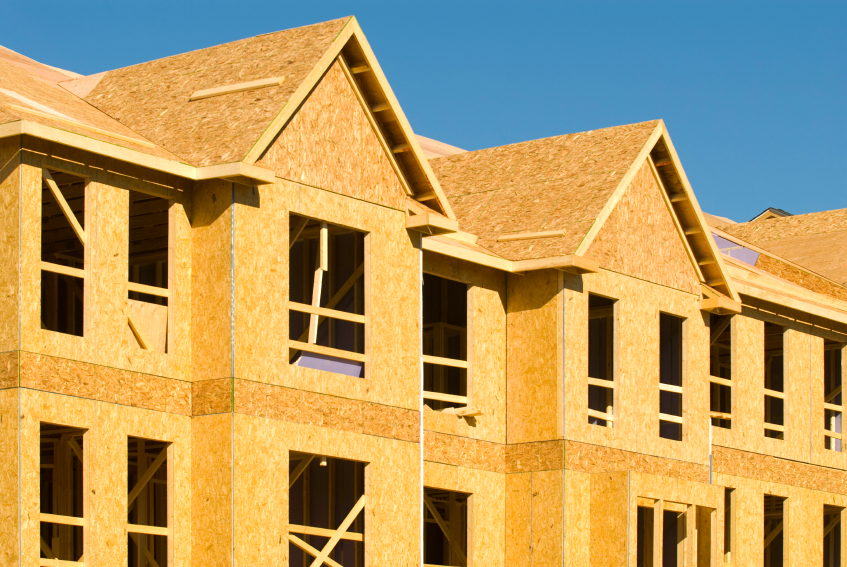Differentiate Between Composite Wood Types
 Builders, contractors and environmentalists all like composite woods, which consist of wood fibers bonded together with adhesives and sometimes plastics or other materials. Find out why composite woods are becoming so popular for a wide range of home improvement projects.
Builders, contractors and environmentalists all like composite woods, which consist of wood fibers bonded together with adhesives and sometimes plastics or other materials. Find out why composite woods are becoming so popular for a wide range of home improvement projects.
Advantage of Composite Wood
Boards, planks, structural lumber, and decking made of composite wood tend to be stronger and more versatile than traditional lumber.
Composite wood also makes better use of trees. Almost every fiber in the entire tree can be used in the manufacture of composite wood, compared to only about 40 percent that may be used for solid lumber. The main eco-concern with composite wood is the addition of formaldehyde and other volatile organic compounds in bonding the wood fibers. However, manufacturers are finding alternatives to these unhealthy chemicals.
As sustainable traditional wood becomes scarcer and composite woods become safer to use, the range of options is expanding.
Here are some of the types of composite wood on the market. A variety of products is available under each broad category, and other categories are available as well.
Composite Boards
Plywood was probably the original composite wood. For roughly a century, manufacturers have been gluing together thin layers (or “plies”) of wood in alternating directions to make thin, strong boards that can be made wider than lumber and are more versatile.
A number of other composite wood boards have since been developed. Most use smaller fibers or chips of wood instead of layers of wood veneer, as plywood does. Particleboard can be made from wood pre-consumer waste, including wood chips, sawmill shavings, and sawdust. It is widely used for making furniture, as is the heavier and stronger medium-density fiberboard known as MDF. MDF is one of several types of fiberboard made by fusing wood fibers to adhesives at high pressures and temperatures.
Structural Composite Lumber
After starting to replace thin wood boards, composite woods also began moving in on thicker structural lumber. Laminated veneer lumber, laminated strand lumber, and oriented strand lumber are three common types of structural composite lumber. They differ in the grade and type of wood fibers and veneers they contain. However, they are all formed by layering wood and waterproof adhesive to form strong blocks.
Composite lumber is widely used for floor beams, headers, and other spots that once required a traditional 2-by-4 or other lumber. It can be uniformly engineered, largely avoiding the threat of warping and splitting. It can also be formed into longer, straighter lengths than traditional lumber.
Composite Decking
Another new composite wood option is showing up on outdoor patios. Composite decking blends wood and plastic fibers for a product that looks and feels like a wood deck, yet can be expected to last longer and demand less maintenance than traditional wood decking.
Easy-care composite wood does not splinter or rot, will not shrink or expand, and it doesn't require annual sealing or other treatment. However, most composite decking still does not have the strength of wood and cannot cover as large a distance between support beams.
Other Uses for Wood-Plastic Composites
In addition, wood-plastic composites (WPCs) may be used in place of natural wood for numerous other applications, including:
- window frames
- siding
- cladding
- landscaping (think pergolas, gazebos, arbors, and the like)
- fences and railings
- flooring -- both exterior and interior
- furniture
Contact a reliable carpenter for your next woodworking project.
This article was updated November 13, 2017.
Looking for a Pro? Call us (866) 441-6648

Carpentry Average Costs
Carpenters Experiences

Deck Repair On A Deadline

Professional Stain Adds The Finishing Touch To My New Cedar Deck



